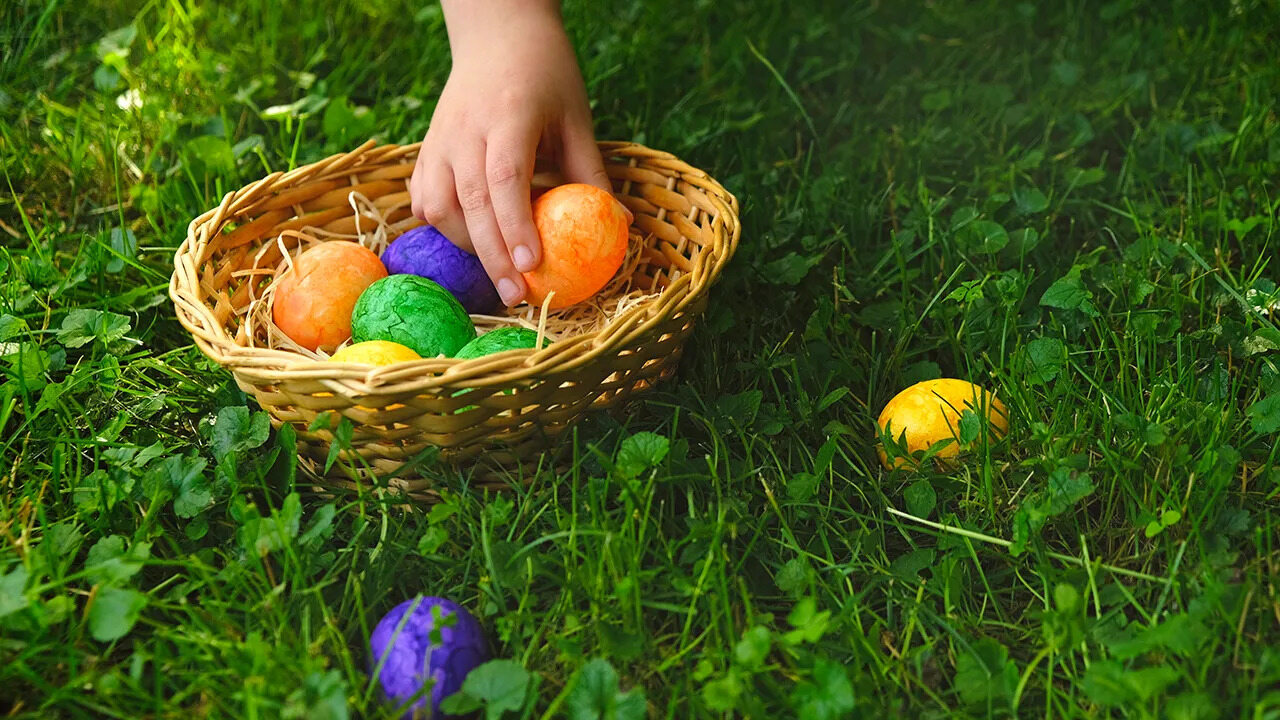
Ever wondered how a simple egg rolling contest became one of the most anticipated events at the White House every year? Well, you're in for a treat! The White House Easter Egg Roll is not just any event; it's a tradition steeped in history, dating back to 1878. Imagine kids and their families gathering on the White House lawn, rolling decorated eggs, all under the watchful eyes of the President and First Lady. Sounds fun, right? But there's more to it than just rolling eggs. From its humble beginnings to becoming a must-attend event, each fact about the White House Easter Egg Roll is more fascinating than the last. Ready to roll into some egg-citing facts? Let's crack into the history and traditions that make this event a highlight of the spring season in Washington, D.C.
Key Takeaways:
- The White House Easter Egg Roll is a cherished tradition dating back to 1878, featuring egg rolling, celebrity appearances, and promoting healthy living for families to enjoy.
- Tickets to the White House Easter Egg Roll are free and distributed through an online lottery system, offering a fun-filled day for children and families to participate in the festivities.
What is the White House Easter Egg Roll?
Every year, the White House hosts an event that has become a cherished tradition for many American families. Known as the White House Easter Egg Roll, this event is much more than just rolling eggs across the White House lawn. It's a day filled with activities, storytelling, live music, and a chance for children to visit the White House grounds. But how did this unique tradition begin, and what makes it so special? Let's crack into some fascinating facts about this annual celebration.
The Origins of the White House Easter Egg Roll
-
The first official White House Easter Egg Roll was held in 1878, during President Rutherford B. Hayes's administration. Before this, children would gather at the Capitol to roll eggs and celebrate Easter Monday. However, due to concerns about the lawn being damaged, they were banned from the Capitol grounds. President Hayes opened the White House lawn to the children, and thus, a new tradition was born.
-
The event has been canceled several times throughout its history, primarily due to wars and renovations. For instance, during World War I and World War II, the event was put on hold. Similarly, during the White House renovations under President Truman and the energy-saving measures in the 1970s, the Easter Egg Roll was not held.
Unique Traditions and Activities
-
Eggs have always been the central theme, but the activities have evolved over the years. Initially, children would bring their own hard-boiled eggs to roll on the White House lawn. Today, the event includes egg rolling, egg hunting, live entertainment, sports, and educational activities.
-
The wooden eggs given as souvenirs are a relatively new addition. These are specially designed each year and have become collectible items. They often feature the signatures of the President and the First Lady.
-
Famous characters and celebrities make appearances. Over the years, popular characters from children's television shows and books, as well as celebrities, have attended the event, adding to the excitement.
The Significance of the Event
-
It's one of the oldest annual events held at the White House. The Easter Egg Roll is a testament to the White House's openness to the public and its role in American cultural traditions.
-
Promotes fitness and healthy living. In recent years, the event has included a focus on physical activity and healthy eating, aligning with various First Ladies' initiatives to combat childhood obesity.
How to Participate in the White House Easter Egg Roll
-
Tickets are free but required for entry. They are distributed through an online lottery system, making it fair and accessible to everyone interested in attending.
-
The event is primarily aimed at children aged 13 and younger, but it offers fun for the entire family. Parents and guardians accompany their children for a day filled with joy and festivities.
Memorable Moments from Past Easter Egg Rolls
-
Presidents and First Ladies often participate in the egg roll and other activities. Their involvement adds a personal touch to the event and creates memorable moments for the attendees.
-
In 1981, President Ronald Reagan's administration introduced the White House Easter Bunny, a character that has since become a staple of the event, delighting children and adults alike.
-
The event has seen various themes over the years, reflecting the interests and initiatives of the sitting administration. Themes have ranged from literature and the arts to sports and wellness.
Looking Forward to Future Easter Egg Rolls
-
The event continues to evolve, incorporating new activities and themes to reflect contemporary issues and interests. It remains a vibrant and dynamic celebration of Easter and American culture.
-
Sustainability efforts have been introduced, such as using wooden eggs and encouraging recycling during the event, highlighting the White House's commitment to environmental stewardship.
-
The White House Easter Egg Roll serves as a reminder of the importance of community, tradition, and celebrating together. It's a day where politics take a backseat to fun, family, and the joy of spring.
A Final Peek at the White House Easter Tradition
Wrapping up, the White House Easter Egg Roll stands as a vibrant testament to American culture and tradition. From its humble beginnings on Capitol Hill to becoming a cherished event at the White House, this celebration has evolved, reflecting changes in society and presidential eras. Kids of all ages look forward to rolling eggs on the White House lawn, a symbol of joy, community, and the onset of spring. Presidents and First Families add their unique touch, making each year's event memorable. Whether it's through the introduction of wooden eggs or the focus on health and wellness, the Easter Egg Roll remains a beloved festivity, eagerly anticipated by families across the nation. It's more than just an event; it's a rich piece of America's cultural tapestry, weaving together history, fun, and the spirit of Easter.
Frequently Asked Questions
Was this page helpful?
Our commitment to delivering trustworthy and engaging content is at the heart of what we do. Each fact on our site is contributed by real users like you, bringing a wealth of diverse insights and information. To ensure the highest standards of accuracy and reliability, our dedicated editors meticulously review each submission. This process guarantees that the facts we share are not only fascinating but also credible. Trust in our commitment to quality and authenticity as you explore and learn with us.


